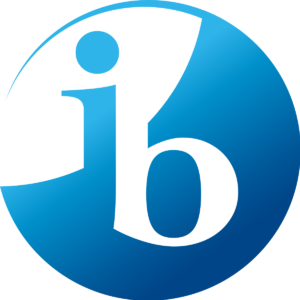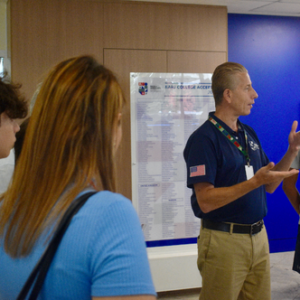What is the IB, after all?
Many International Schools around the world offer an IB Programme, and we recently had an increase in Brazilian schools incorporating it as well. Still, many parents don’t know which are the differences between the IB and the regular curriculum, and why doing an IB course can benefit students in the long run, especially if they aim to pursue Higher Education abroad.
In this article, you will understand the basics of the IB and its Diploma Programme, which we currently offer at EARJ. All in under 5 minutes!
What does “IB” mean?
IB is short for International Baccalaureate®. The IB offers an education that empowers young people with the values, knowledge and skills to create a better and peaceful world. Its programs enable students to make sense of the complexities of the world around them, shaping them into global citizens.
At EARJ, we have offered the Diploma Programme for High School students since 1982. We are one of the pioneering schools in Brazil on IB education.
Diploma Programme
The Diploma Programme (DP) aims to develop students from 16 to 19 years old to have excellent breadth and depth of knowledge – students who flourish physically, intellectually, emotionally and ethically. It also better prepares them for the next steps of their academic and professional careers, compared to the regular curriculum.
There are three parts to the core of the IB DP, all of which are required for the diploma.
- Theory of Knowledge (ToK): Subject which leads students to think critically about knowledge and their own learning process.
- Extended Essay (EE): An independent piece of research about a topic of interest of the student, culminating with a 4000-word paper.
- Creativity, Activity, Service (CAS): A student-led project completed over an 18-month period. It can be related to the Arts, physical activities, voluntary service, and more.
There are also six subject groups in the curriculum, with different courses in each group which will be chosen by the student:
- Studies in language and literature
- Language acquisition
- Individuals and societies
- Sciences
- Mathematics
- The arts
What’s next?
EARJ is currently a candidate school for the Primary Years Programme (PYP), which covers education for children aged 3 to 12. For the next school year, we will become a candidate school for the Middle Years Programme (MYP), for students from 11 to 16 years old.
Follow us on our road to become a full IB World School!
Click here to learn more about the IB at EARJ.
You can read everything about the programs in ibo.org.



